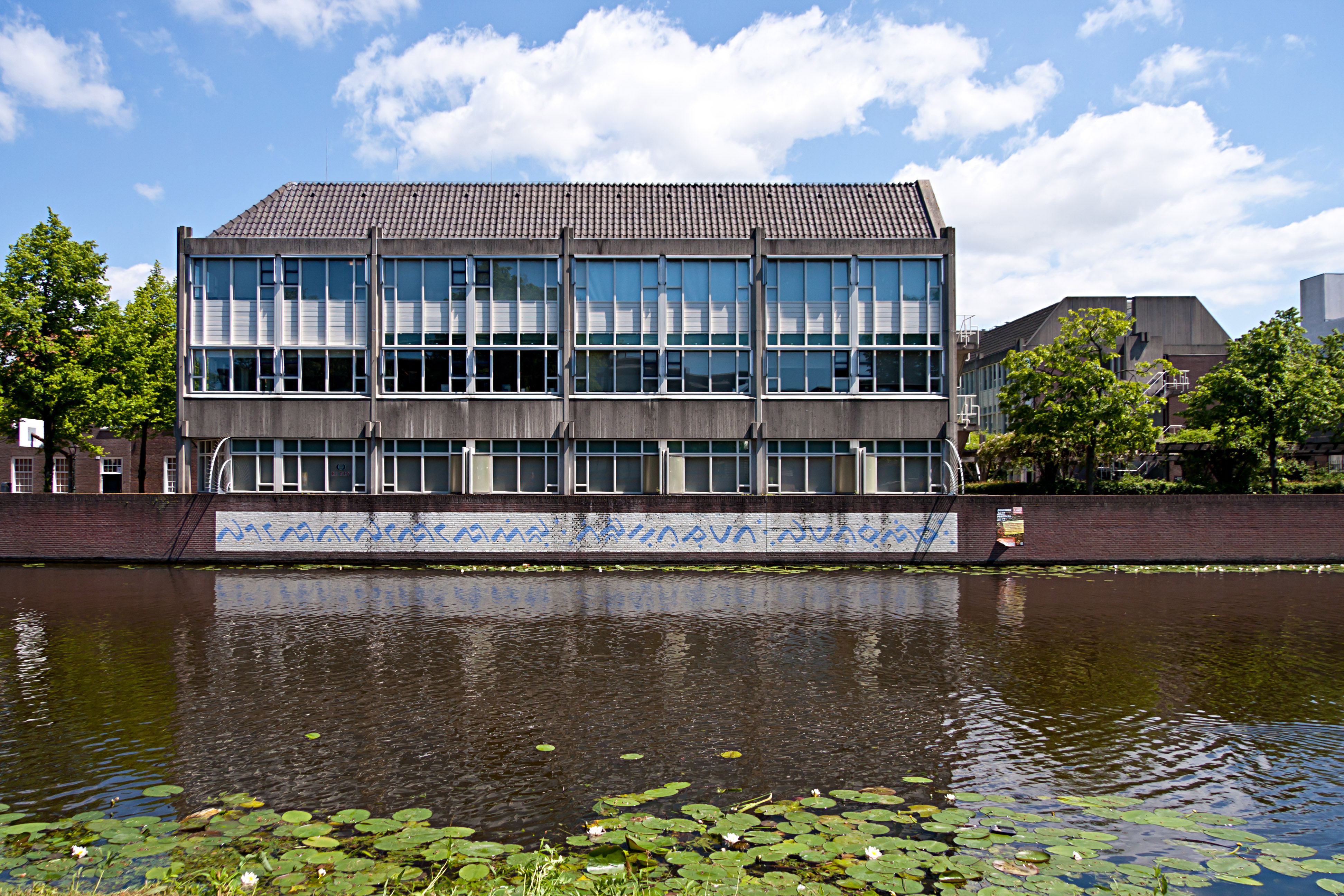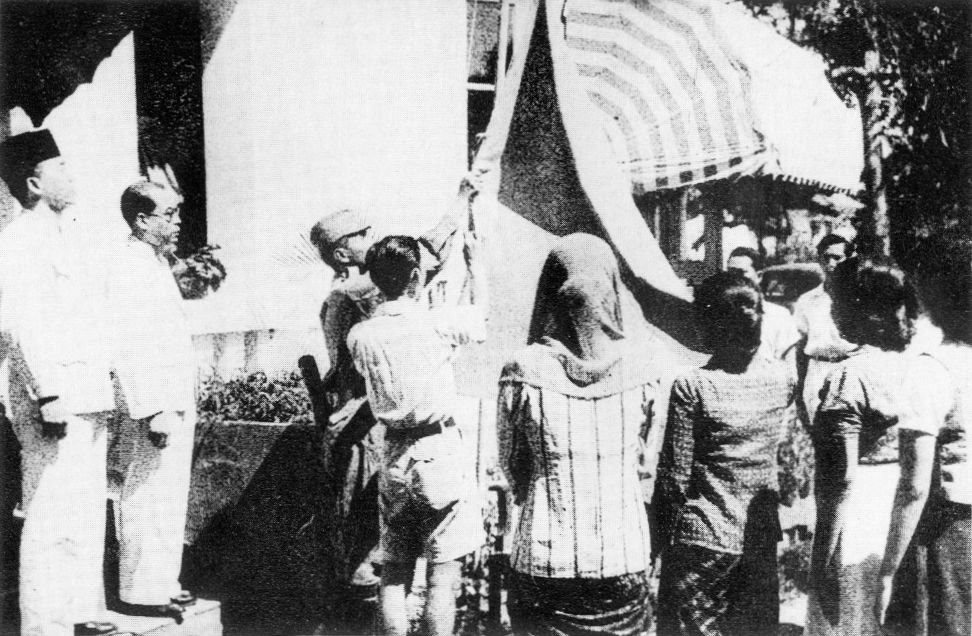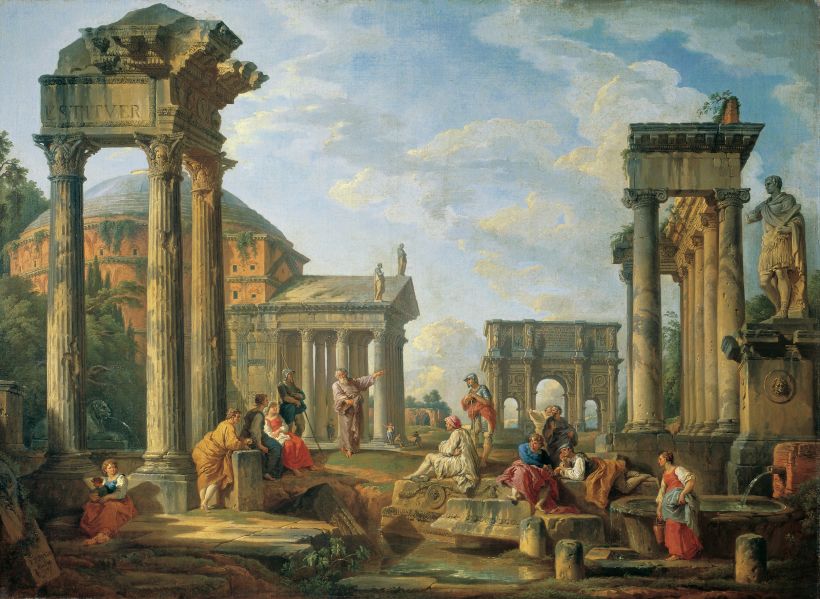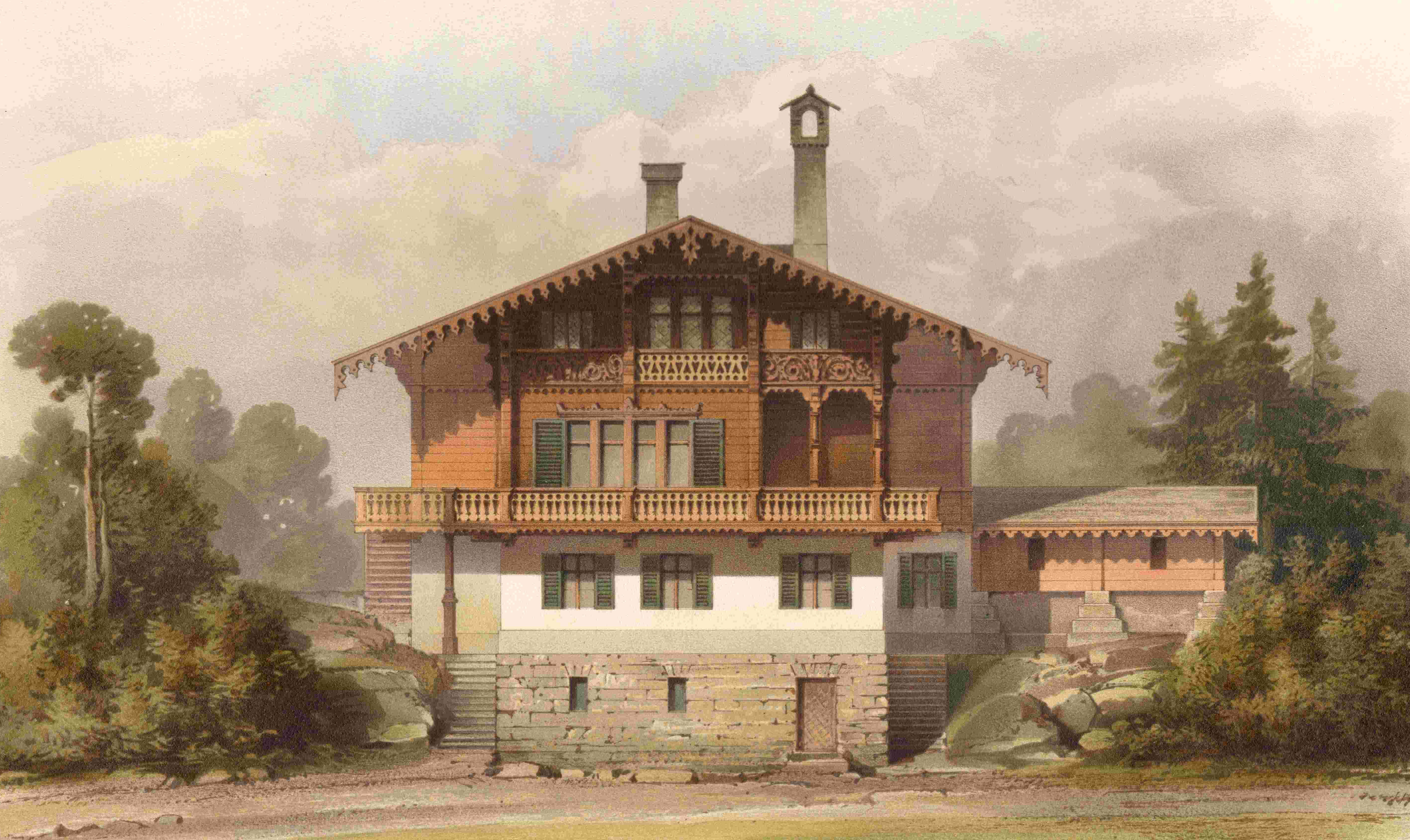|
Surabaya Gubeng
Surabaya Gubeng Station, known as ''Spoorwegstation Goebeng Soerabaja'' during the Dutch East Indies era, is a railway station located at Gubeng Station Street, Pacarkeling, Tambaksari, Surabaya, East Java, Indonesia. This station is the biggest railway station in Surabaya and East Java, and is a departure from the main railway in Surabaya, especially towards the south and east, while the train that passes through the northern route, such as majors train Jakarta via Semarang, departed from Surabaya Pasar Turi Station. Surabaya Gubeng station was first built on the west side of the railway tracks. In the mid-1990s, new Surabaya Gubeng station building was built on the east side of railway tracks, which are wider and has more modern architecture. History Colonial era Surabaya Gubeng Station is one of the railway stations belonging to ''Staatsspoorwegen'' which was inaugurated on 16 May 1878 as part of the Surabaya–Pasuruan railway development project. This station was f ... [...More Info...] [...Related Items...] OR: [Wikipedia] [Google] [Baidu] |
Surabaya
Surabaya is the capital city of East Java Provinces of Indonesia, province and the List of Indonesian cities by population, second-largest city in Indonesia, after Jakarta. Located on the northeastern corner of Java island, on the Madura Strait, it is one of the earliest port cities in Southeast Asia. According to the Government of Indonesia, National Development Planning Agency, Surabaya is one of the Regions of Indonesia#Development regions, four main central cities of Indonesia, alongside Jakarta, Medan, and Makassar. The city had a population of 2,874,314 within its city limits at the 2020 census.Badan Pusat Statistik, Jakarta, 2021. With 3,009,286 people living in the city as of mid 2023 (comprising 1,490,358 males and 1,518,928 females) Badan Pusat Statistik, Jakarta, 28 February 2024, ''Kota Surabaya Dalam Angka 2024'' (Katalog-BPS 1102001.3578) and over 10 million in the extended Surabaya metropolitan area, according to the latest official estimate, Surabaya is the ... [...More Info...] [...Related Items...] OR: [Wikipedia] [Google] [Baidu] |
KITLV A1055 - Station Soerabaja Goebeng Van De Staatsspoorwegen, KITLV 117479
The KITLV/Royal Netherlands Institute of Southeast Asian and Caribbean Studies (, abbreviated as KITLV) at Leiden was founded in 1851. Its objective is the advancement of the study of the anthropology, linguistics, social sciences, and history of Southeast Asia, the Pacific Area, and the Caribbean. Special emphasis is laid on the former Dutch colonies of the Dutch East Indies (now Indonesia), Suriname, and the Dutch West Indies (the Netherlands Antilles and Aruba). Its unique collection of books, manuscripts, prints and photographs attracts visiting scholars from all over the world. On July 1, 2014, the management of the collection was taken over by Leiden University Libraries. Jakarta In 1969, a KITLV office was started by Hans Ras in Jakarta ("KITLV-Jakarta"), as a part of an agreement with the Indonesian Institute of Sciences. Here, publications from Indonesia, Malaysia and Singapore are bought and given a place in the library of the institute, publications of the institute ... [...More Info...] [...Related Items...] OR: [Wikipedia] [Google] [Baidu] |
Submachine Gun
A submachine gun (SMG) is a magazine (firearms), magazine-fed automatic firearm, automatic carbine designed to fire handgun cartridges. The term "submachine gun" was coined by John T. Thompson, the inventor of the Thompson submachine gun, to describe its design concept as an automatic firearm with notably less firepower than a machine gun (hence the prefix "wikt:sub-, sub-"). As a machine gun must fire rifle cartridges to be classified as such, submachine guns are not considered machine guns. The submachine gun was developed during World War I (1914–1918) as a Close-quarters battle, close quarter offensive weapon, mainly for trench raiding. At its peak during World War II (1939–1945), millions of submachine guns were made for shock troops, assault troops and auxiliaries whose military doctrine, doctrines emphasized close-quarters combat, close-quarter suppressive fire. New submachine gun designs appeared frequently during the Cold War,Military Small Arms Of The 20th Century. Ian ... [...More Info...] [...Related Items...] OR: [Wikipedia] [Google] [Baidu] |
Indonesian National Revolution
The Indonesian National Revolution (), also known as the Indonesian War of Independence (, ), was an armed conflict and diplomatic struggle between the Republic of Indonesia and the Dutch Empire and an internal social revolution during Aftermath of WWII, postwar and Dutch East Indies#World War II and independence, postcolonial Indonesia. It took place between Indonesian Declaration of Independence, Indonesia's declaration of independence in 1945 and the Netherlands' Dutch–Indonesian Round Table Conference, transfer of sovereignty over the Dutch East Indies to the Republic of the United States of Indonesia at the end of 1949. The four-year struggle involved sporadic but bloody armed conflict, internal Indonesian political and communal upheavals, and two major international diplomatic interventions. Dutch military forces (and, for a while, the forces of the World War II Allies, World War II allies) were able to control the major towns, cities and industrial assets in Repu ... [...More Info...] [...Related Items...] OR: [Wikipedia] [Google] [Baidu] |
Kompas
''Kompas'' () is an Indonesian national newspaper published in Jakarta, founded on 28 June 1965. It is published by PT Kompas Media Nusantara, which is part of Kompas Gramedia Group. The paper's head office is located at the Kompas Multimedia Towers, Tanah Abang, Central Jakarta. It is considered Indonesia's newspaper of record. The paper manages an online portal, kompas.id, which contains updated news and the digital subscription version of the paper, while Kompas Gramedia also manages another editorially separated portal, kompas.com. ''Kompas'' is one of two newspapers in Indonesia audited by the International Federation of Audit Bureau of Circulations. History General Ahmad Yani, then commander of the Indonesian Army, first suggested the paper to Frans Seda, a government minister and leader of the Catholic Party. Yani encouraged Seda to publish a newspaper representative of the Catholic Party faction to counter the communist propaganda spearheaded by the PKI. Se ... [...More Info...] [...Related Items...] OR: [Wikipedia] [Google] [Baidu] |
Oemar Said Tjokroaminoto
Oemar Said Tjokroaminoto (16 August 1882 – 17 December 1934), better known in Indonesia as H.O.S. Tjokroaminoto, was an Indonesian nationalist. He became one of the leaders of the Islamic Trade Union (), founded by Samanhudi, which became Sarekat Islam, which they both cofounded. Early life Tjokroaminoto was born the second of twelve children, in the Ponorogo Regency as the son of RM. Tjokroaminoto (district chief of Kleco), grandson of RMA. Tjokronegoro (regent of the Ponorogo Regency), and great-grandson of Kyai Bagus Kasan Besari of Tegalsari ''pesantren''. According to his genealogy, his education was directed towards civil service. After graduating in 1902 from OSVIA (), a school for indigenous civil servants, in Magelang, the then-highest civil servant education institution, he worked as one in Ngawi for three years from 1902 to 1905). He moved to Surabaya, where he met Samanhudi, founder and leader of the Islamic Trade Unions (SDI). At night, he attended ''Burgerlij ... [...More Info...] [...Related Items...] OR: [Wikipedia] [Google] [Baidu] |
Bandung Institute Of Technology
The Bandung Institute of Technology (; , abbreviated as ITB) is a public research university located in Bandung, Indonesia. It has produced many notable leaders in science, engineering, politics, business, academia, and culture. ITB is one of the most prestigious universities in Indonesia. History Bandung Institute of Technology traces its origin to the Technische Hoogeschool te Bandoeng (THB) which was founded during the Dutch colonial era. The project was founded by Karel Albert Rudolf Bosscha, a German-Dutch entrepreneur and philanthropist. His proposal was later approved by the colonial government to meet increasing demand of technical know-how in the colony. The school building was designed in 1918 by a Dutch architect named Henri Maclaine Pont by blending Indonesian vernacular architecture with modern elements. The school first opened its doors on 3 July 1920. At that time, it only had one active department, the Faculty of Technical Science and one academic major, Depa ... [...More Info...] [...Related Items...] OR: [Wikipedia] [Google] [Baidu] |
Sukarno
Sukarno (6 June 1901 – 21 June 1970) was an Indonesian statesman, orator, revolutionary, and nationalist who was the first president of Indonesia, serving from 1945 to 1967. Sukarno was the leader of the Indonesian struggle for independence from the Dutch East Indies, Dutch colonialists. He was a prominent leader of Indonesian National Party, Indonesia's nationalist movement during the colonial period and spent over a decade under Dutch detention until released by the Dutch East Indies campaign, invading Empire of Japan, Japanese forces in World War II. Sukarno and his fellow nationalists Collaboration with Imperial Japan#Dutch East Indies (Indonesia), collaborated to garner support for the Japanese war effort from the population, in exchange for Japanese aid in spreading nationalist ideas. Upon Surrender of Japan, Japanese surrender, Sukarno and Mohammad Hatta Proclamation of Indonesian Independence, declared Indonesian independence on 17 August 1945, and Sukarno was appoin ... [...More Info...] [...Related Items...] OR: [Wikipedia] [Google] [Baidu] |
Cultural Heritage
Cultural heritage is the heritage of tangible and intangible heritage assets of a group or society that is inherited from past generations. Not all heritages of past generations are "heritage"; rather, heritage is a product of selection by society. Cultural heritage includes cultural property, tangible culture (such as buildings, monuments, landscapes, archive materials, books, works of art, and artifacts), intangible heritage, intangible culture (such as folklore, traditions, language, and knowledge), and natural heritage (including culturally significant landscapes, and biodiversity).Ann Marie Sullivan, Cultural Heritage & New Media: A Future for the Past, 15 J. MARSHALL REV. INTELL. PROP. L. 604 (2016) https://repository.jmls.edu/cgi/viewcontent.cgi?article=1392&context=ripl The term is often used in connection with issues relating to the protection of Indigenous intellectual property. The deliberate action of keeping cultural heritage from the present for the future is known ... [...More Info...] [...Related Items...] OR: [Wikipedia] [Google] [Baidu] |
Swiss Chalet Style
Swiss chalet style (, ) is an architectural style of Historicism (art), Late Historicism, originally inspired by rural chalets in Switzerland and the Alps, Alpine (mountainous) regions of Central Europe. The style refers to traditional building designs characterised by widely projecting roofs and facades richly decorated with wooden balconies and carved ornaments. It spread over German Empire, Germany, Austria-Hungary, Kingdom of Italy, Italy, France and Scandinavia during the Belle Époque era. History Swiss chalet style originated in the German Romanticism, Romantic era of the late 18th- and early 19th-century, when the ideas of the English landscape garden inspired parks and residences in Germany, such as the Dessau-Wörlitz Garden Realm. It became highly appreciated on the continent by noble landowners who were impressed by the "simple life" of people living in the mountains. The chalet style soon spread over the German ''Mittelgebirge'' landscapes such as the Harz mountains ... [...More Info...] [...Related Items...] OR: [Wikipedia] [Google] [Baidu] |
Ministry Of Communication And Information Technology (Indonesia)
The Ministry of Communication and Digital Affairs (; abbreviated as Komdigi) is an Indonesian government ministry that is responsible for communications, information affairs and internet censorship. The ministry reports to the president and is currently led by Meutya Hafid, the Minister of Communication and Digital Affairs. The current form of the ministry was established in 2001 by President Megawati Sukarnoputri after its predecessor, the Department of Information (, abbreviated Deppen), was abolished by President Abdurrahman Wahid in 1999. Deppen itself was created on 19 August 1945, during the National Revolution. Organization By Presidential Decree No. 174/2024 and as expanded by Coordinating Ministry for Infrastructure and Regional Development Decree No. 1/2025, the Ministry is organized as follows: * Office of the Minister * Office of the First Deputy Minister * Office of the Second Deputy Minister * Board of Experts ** Senior Expert to the Minister on Law ** Seni ... [...More Info...] [...Related Items...] OR: [Wikipedia] [Google] [Baidu] |







